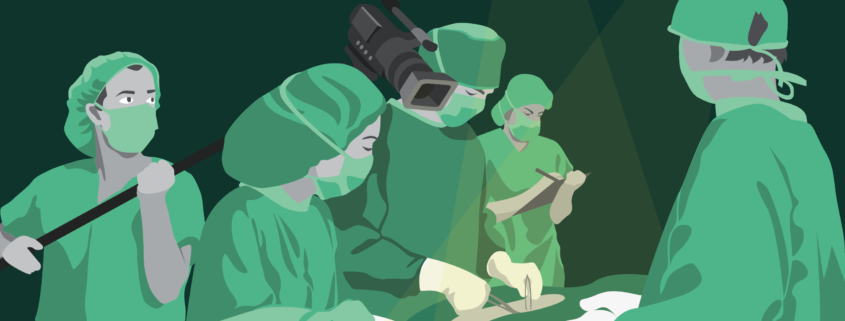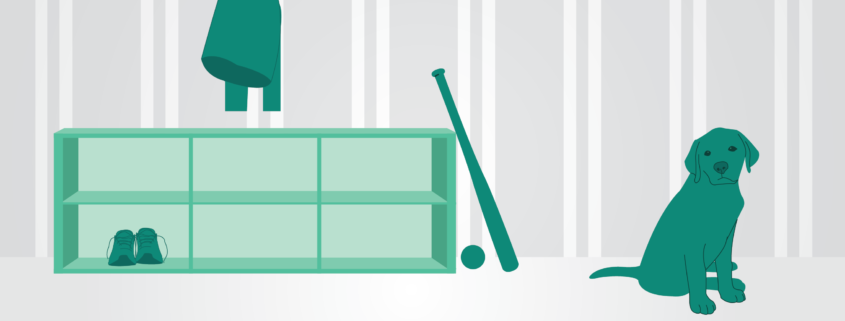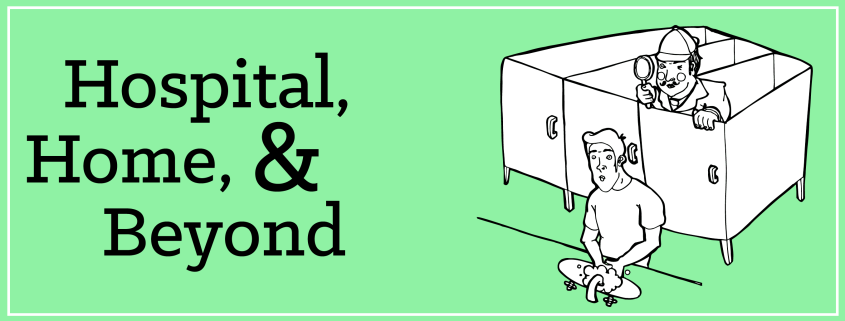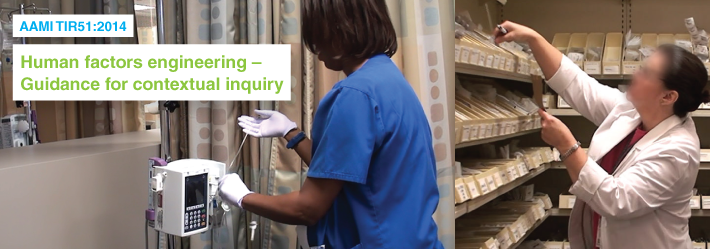Contextual Inquiry in My Own Closet
Every few years, I try to improve my own product. Prompted by a sense of dissatisfaction with my clothing, I clean out and rebuild my wardrobe. I fill a trash bag with clothes to be donated, and feel accomplished as I look at my newly spacious closet. Each time I do this I’m convinced that I’ve solved the problem, only to be faced with that same problem again within a year or two. Read more






